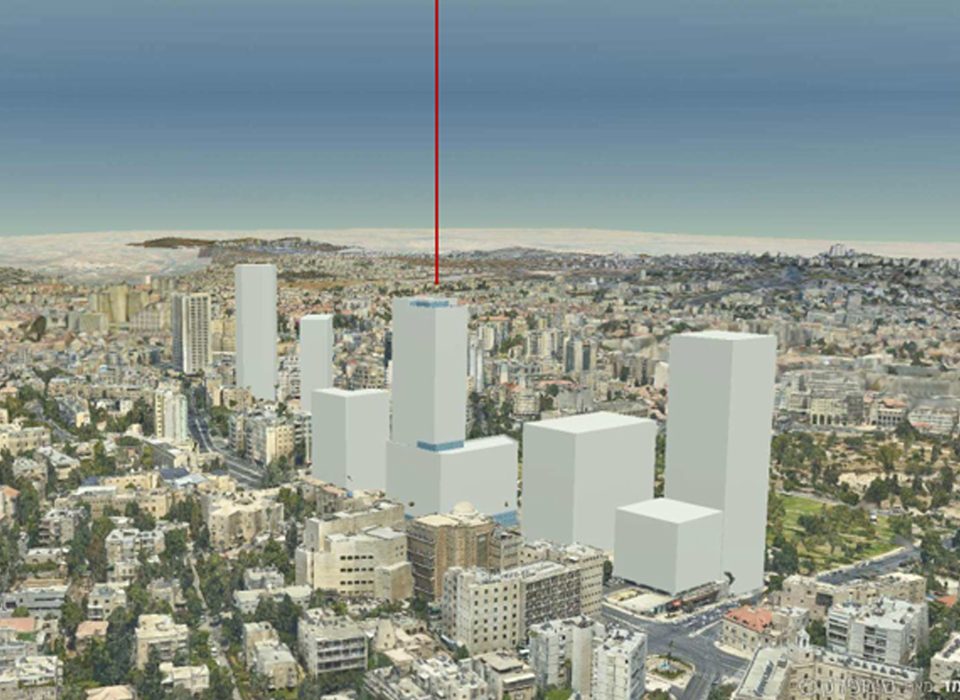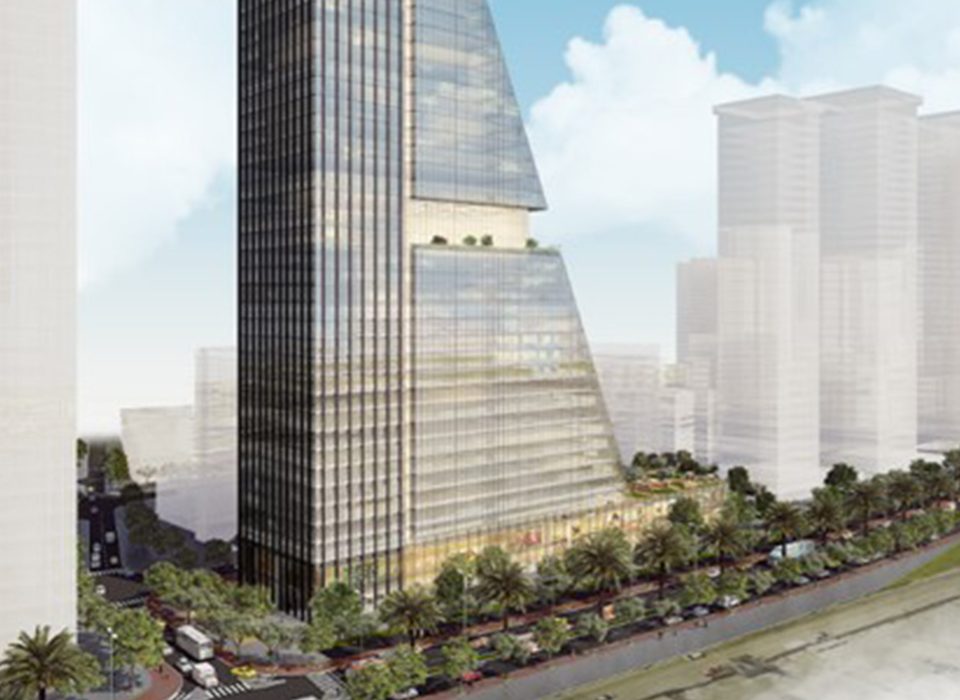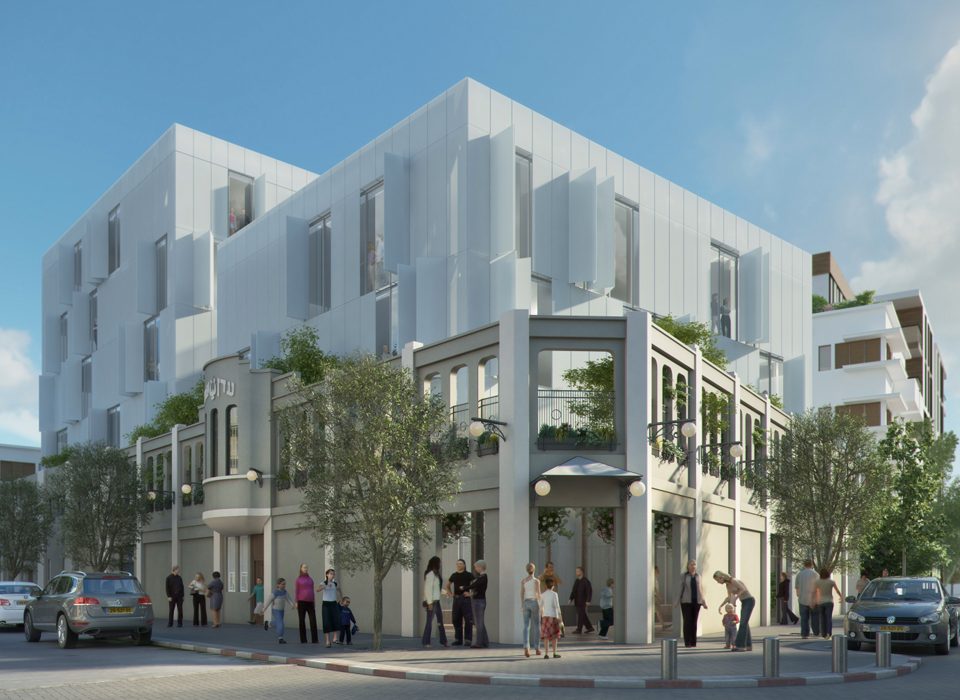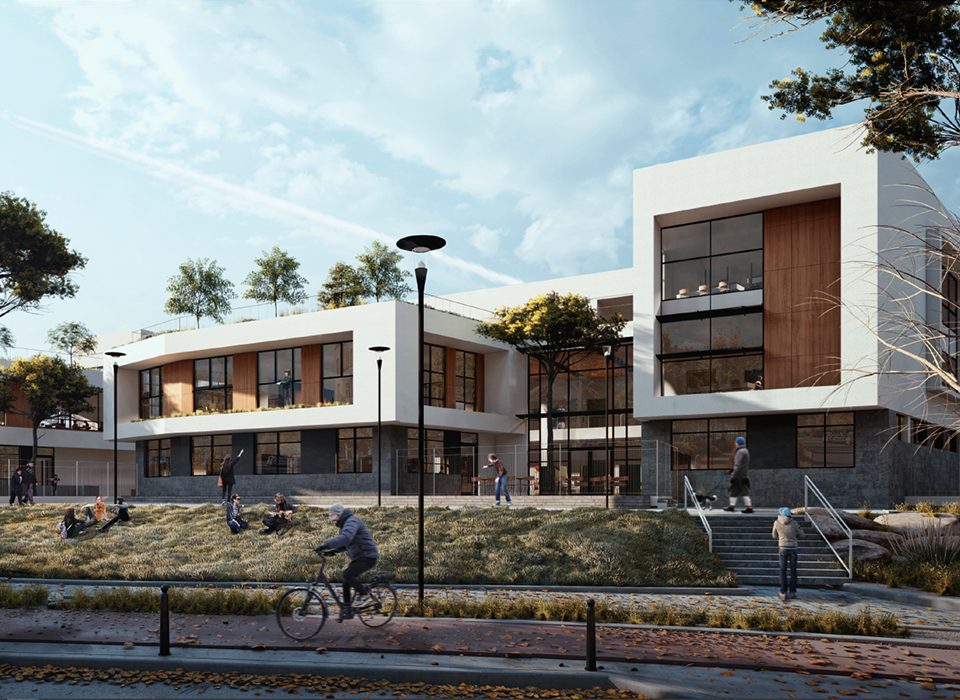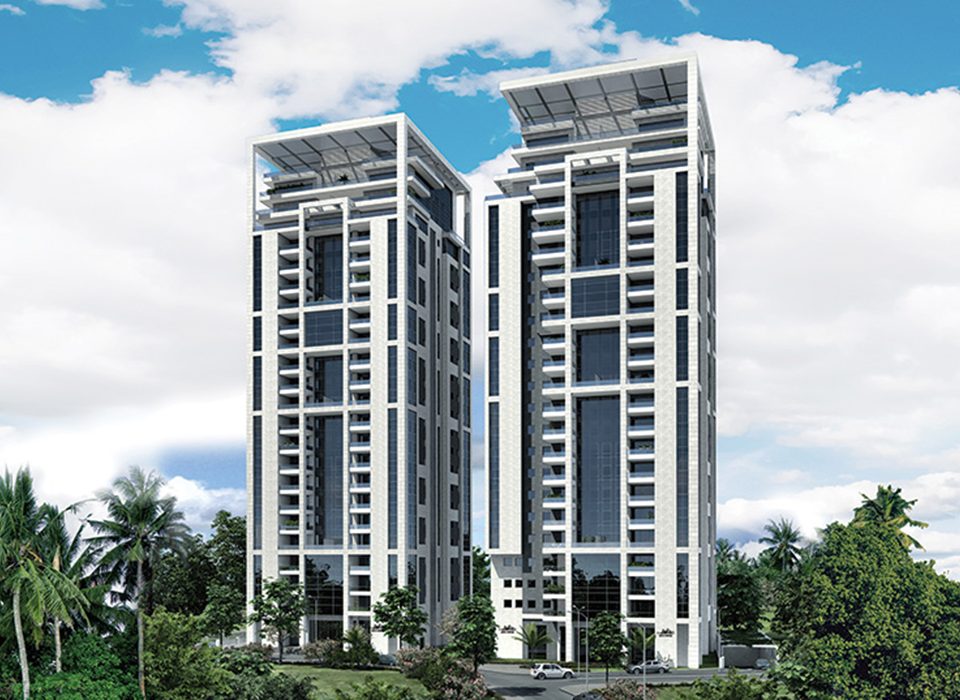
Natural Lighting
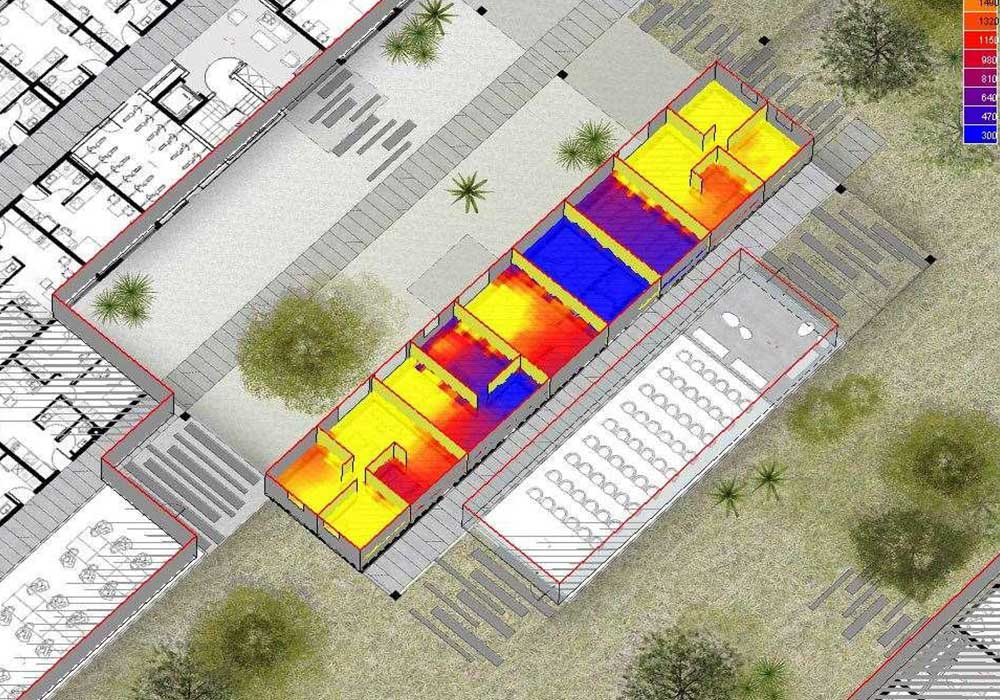
מעונות אוניברסיטת בן גוריון בנגב
Natural lighting holds a paramount value in sustainable design.
It promotes significant savings in energy consumption, both for lighting and heating. It also creates a healthier environment that encourages high productivity in our living environment. For instance, natural light in shopping malls showed a 40% higher turnover than similar shopping malls illuminated mainly by artificial lighting.
Sustainable design applies natural lighting through:
- Insertion of natural light into active areas of the building, at specific levels of illumination for corresponding activities.
- Utilizing natural light for passive heating thereby reducing energy consumption.
- Direct access to views and landscape.
Achieving the above objectives is carried out through various design applications such as:
- The geometry of the building and its interior design: ensuring that occupants are near the fenestration systems and building envelope as much as possible
- Optimal window size and configuration: window area is designed relative to the room to assure windows are ideal for the space (not too large or too small)
- The level of transparency and radiation transmission of the glazing system.
- Integration of elements to prevent glare and direct radiation: external or internal shading elements.
- Elements that accentuate natural lighting in the inner space: light shelves, light tubes, and more.






